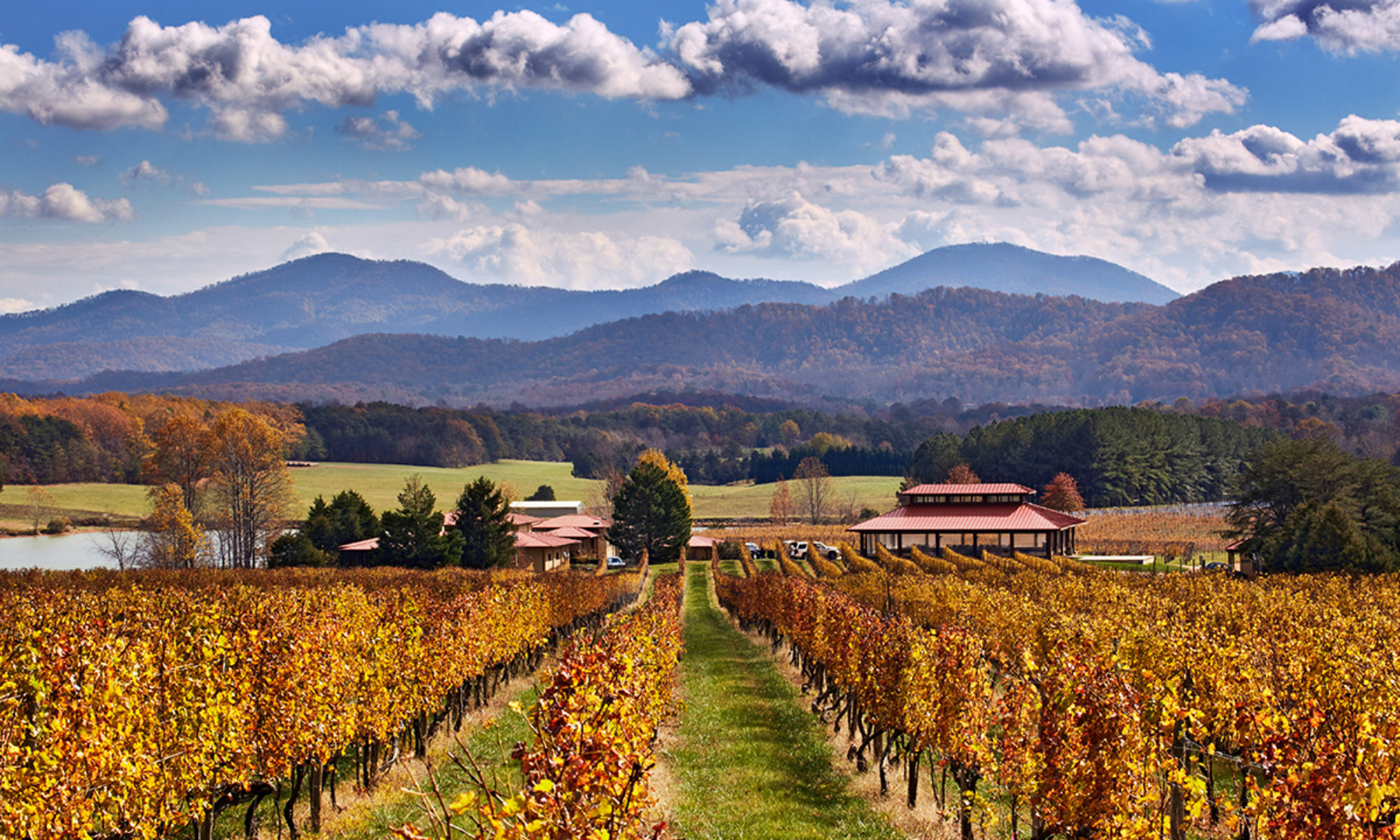Located in Spotsylvania Courthouse, just north of the Wilderness Battlefield area. The vines, which for the most part are still maturing, have been planted on the family dairy farm of owners Robert and Denise Pagan.
Wine. Tier III. Wilderness Run vineyards are growing Malbec, Petit Verdot, Viognier, Nebbiolo, Barbera, Sangiovese and Chambourcin. As the vines mature, most wines are being made from grapes sourced elsewhere in Virginia. Harry Pagan and Brandon Pallen are co-winemakers (as well as co-brewmasters next door).
Setting. Nice views on undulating countryside and fields around the winery. Check whether you’re asking for Wilderness Run wines or wine from partner wineries. Plenty of seating. One side of the barn is the winery, and the other side of the barn is the 1781 Brewing Company. Food trucks on weekends, and frequent live music events (check website for details on events). As befits what was recently a full-time farm, horses and chickens and other critters are often roaming about.
Stories. The Battle of Chancellorsville, and Stonewall Jackson’s arm. The area around Wilderness Run Vineyards saw an almost unparalleled concentration of major battles during the Civil War. In 1864, Ulysses S. Grant’s Army of the Potomac fought an inconclusive but very bloody battle here, The Battle of the Wilderness. It was a year earlier, in 1863, that the Confederate Army lost one of its most successful generals at another nearby fight, The Battle of Chancellorsville. Chancellorsville pitted the Union Army of the Potomac, led by General Joseph Hooker, against a much smaller Confederate force led by Robert E. Lee. Hooker’s crossing of the Rappahannock on April 27, 1863, set the scene for the battle. With another force having crossed the Rapidan, Hooker planned to envelop Lee’s Army of Northern Virginia at Chancellorsville from two sides. Lee unexpectedly, and successfully, split his forces twice to attack the flanks of the Union troops. The fiercest fighting of the battle—and the second bloodiest day of the Civil War—occurred on May 3 as Lee launched multiple attacks against the Union position at Chancellorsville, resulting in heavy losses on both sides and the pulling back of Hooker’s main army. Hooker wound up withdrawing his forces and resuming the previous standoff near Fredericksburg. Chancellorsville is known as Lee’s “perfect battle” because his risky decision to divide his army in the presence of a much larger enemy force resulted in a significant Confederate victory. The victory, a product of Lee’s audacity and Hooker’s timid decision-making, was tempered by heavy casualties; the biggest of these would turn out to be General Stonewall Jackson, shot in the shoulder by his own pickets while on a reconnaissance. It was on the farm which became the Pagan Family farm, and now Wilderness Run Vineyards, that Jackson’s arm had to be amputated. Jackson died of pneumonia a week later; while he was buried at Lexington, his amputated arm was buried five miles away from here, at Ellwood Plantation.
